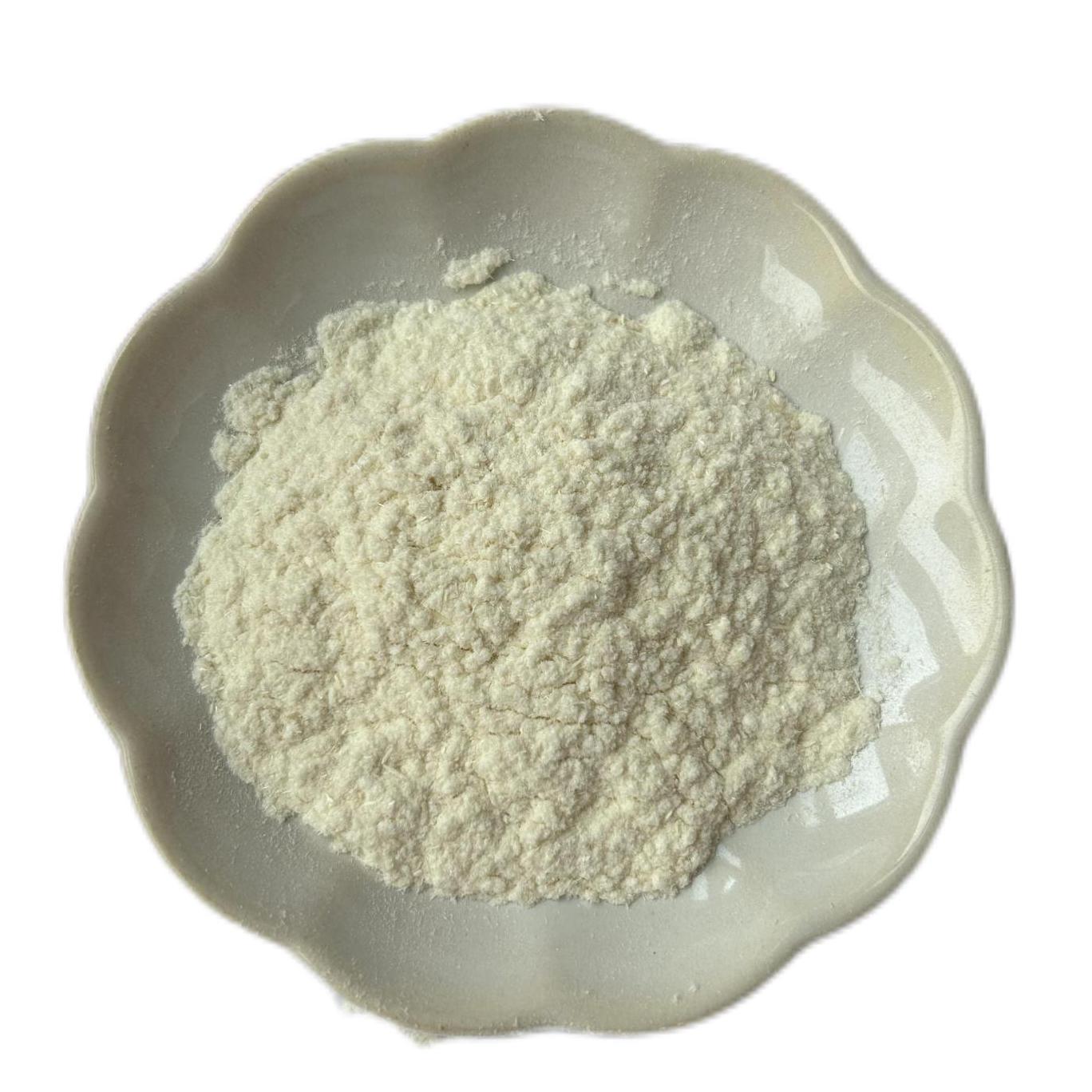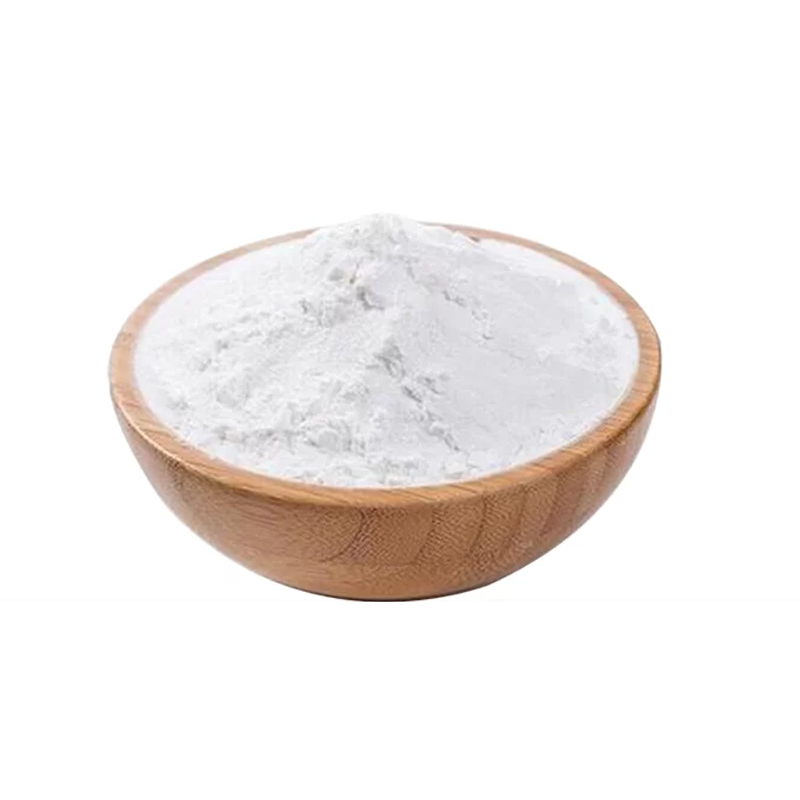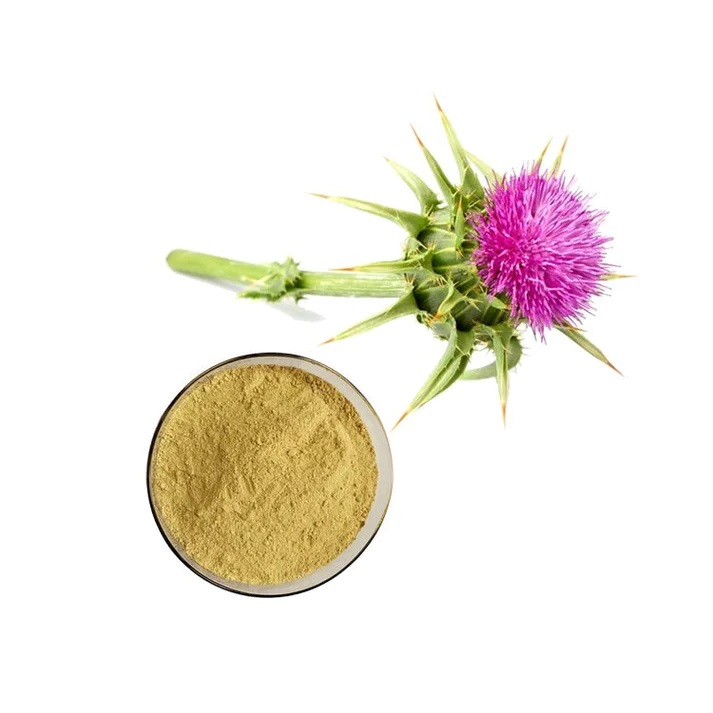-

Kojic Acid
Cosmate®KA,Kojic Acid has skin lightening and anti-melasma effects. It is effective for inhibiting melanin production,tyrosinase inhibitor. It is applicable in various kinds of cosmetics for curing freckles, spots on the skin of older people,pigmentation and acne. It helps in eliminating free radicals and strengthens cell activity.
-

Kojic Acid
Cosmate®KA,Kojic Acid has skin lightening and anti-melasma effects. It is effective for inhibiting melanin production,tyrosinase inhibitor. It is applicable in various kinds of cosmetics for curing freckles, spots on the skin of older people,pigmentation and acne. It helps in eliminating free radicals and strengthens cell activity.
-

Kojic Acid Dipalmitate
Cosmate®KAD,Kojic acid dipalmitate (KAD) is a derivate produced from kojic acid. KAD is also known as kojic dipalmitate. Nowadays, kojic acid dipalmitate is a popular skin-whitening agent.
-

Kojic Acid Dipalmitate
Cosmate®KAD,Kojic acid dipalmitate (KAD) is a derivate produced from kojic acid. KAD is also known as kojic dipalmitate. Nowadays, kojic acid dipalmitate is a popular skin-whitening agent.
-

Kojic Acid Dipalmitate
Cosmate®KAD,Kojic acid dipalmitate (KAD) is a derivate produced from kojic acid. KAD is also known as kojic dipalmitate. Nowadays, kojic acid dipalmitate is a popular skin-whitening agent.
-

Kojic Acid Dipalmitate
Cosmate®KAD,Kojic acid dipalmitate (KAD) is a derivate produced from kojic acid. KAD is also known as kojic dipalmitate. Nowadays, kojic acid dipalmitate is a popular skin-whitening agent.
-

Kojic Acid Dipalmitate
Cosmate®KAD,Kojic acid dipalmitate (KAD) is a derivate produced from kojic acid. KAD is also known as kojic dipalmitate. Nowadays, kojic acid dipalmitate is a popular skin-whitening agent.
-

Kojic Acid Dipalmitate
Cosmate®KAD,Kojic acid dipalmitate (KAD) is a derivate produced from kojic acid. KAD is also known as kojic dipalmitate. Nowadays, kojic acid dipalmitate is a popular skin-whitening agent.
-

Kojic Acid Dipalmitate
Cosmate®KAD,Kojic acid dipalmitate (KAD) is a derivate produced from kojic acid. KAD is also known as kojic dipalmitate. Nowadays, kojic acid dipalmitate is a popular skin-whitening agent.
-

Kojic Acid Dipalmitate
Cosmate®KAD,Kojic acid dipalmitate (KAD) is a derivate produced from kojic acid. KAD is also known as kojic dipalmitate. Nowadays, kojic acid dipalmitate is a popular skin-whitening agent.
-

Kojic Acid And Vitamin C
Cosmate®KAD,Kojic acid dipalmitate (KAD) is a derivate produced from kojic acid. KAD is also known as kojic dipalmitate. Nowadays, kojic acid dipalmitate is a popular skin-whitening agent.
-

Silymarin
Cosmate®SM, Silymarin refers to a group of flavonoid antioxidants that naturally occur in milk thistle seeds (used historically as an antidote for mushroom poisoning). The components of Silymarin are Silybin, Silibinin, Silydianin, and Silychristin. These compounds protect and treat the skin from oxidative stress caused by ultraviolet radiation. Cosmate®SM, Silymarin also has powerful antioxidant properties that prolong cell life. Cosmate®SM, Silymarin can prevents UVA and UVB exposure damage. It is also being studied for its ability to inhibit tyrosinase (a critical enzyme for melanin synthesis) and hyperpigmentation. In wound healing and anti-aging, Cosmate®SM,Silymarin can inhibit the production of inflammation-driving cytokines and oxidative enzymes. It can also increase collagen and glycosaminoglycans (GAGs) production, promoting a broad spectrum of cosmetic benefits. This makes the compound great in antioxidant serums or as a valuable ingredient in sunscreens.

Phone








